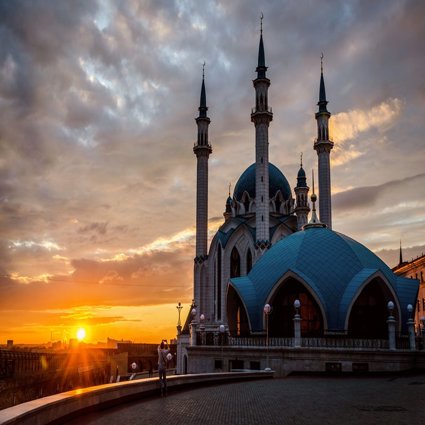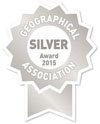
How developed is Russia?
This lesson takes a look at the Russia’s economic and social development indicators
Key questions
What does development mean?
What is the Human Development Index?
What are the BRIC economies?
What is an emerging economy?
What is demography?
What does a population pyramid show?
How can data be ranked?
How developed is Russia?
Starter
Classifying Russia
The lesson kicks off with a PowerPoint presentation that looks at how Russia is viewed by other countries - as either a highly developed or ‘emerging’ economy. There are some quiz questions included which focus on Russia’s achievements over time and the way these influence how Russia is viewed by others. Allow 10 minutes for this if the quiz is used.
Main Activity
Measuring Russia’s development
Just as it proves hard to summarise Russia’s physical geography, it is challenging to take a view on its human geography too. Russia’s demographic, social and economic characteristics suggest that it should be classified as a developed country. However, it is not necessarily the case.
Russia is sometimes grouped with emerging economies like China and India in terms of international development but this is a misleading comparison, due to its complicated history. Russia has been a powerful place, on a par with the world’s most developed countries, for centuries.
-
Students should be provided with a copy of the A3 worksheet.
-
A set of data is provided for analysis that includes indicators of wealth, wealth distribution, life expectancy, health and other important criteria (the different types of data are presented as photographs, charts, tables, population pyramids, quantitative data and composite statistics e.g. Human Development Index data).
-
Comparisons are provided with a range of other countries, including the UK and Mexico.
-
Five tasks appear on the worksheet which can be carried out collaboratively or with the teacher leading discussion.
-
There are also three written tasks to complete, either in class or for homework.
By the end of this exercise, students should have:
-
Ranked data in order of size
-
Practiced the use of comparative language
-
Taken a viewpoint by drawing on a range of evidence
Plenary
Top five facts about Russia
Finally, students are asked to contribute to a final discussion by nominating the ‘top five’ important facts they have learned about Russia. They should then reflect on the nature of the different facts they have chosen, and the different ways in which they may have been ‘thinking like a geographer’. For instance, did they prioritise physical/human locational knowledge in their lists? Or the varied ways in which Russia has influenced the world in the past and present (i.e. the links that it has with other places)?
Student suggestions should be added by the teacher to the PowerPoint slides provided for this plenary.
End of unit assessment
Teachers might choose to download a PowerPoint quiz for use as an end of unit assessment.
File nameFiles
File type
Size
Download

This resource has been developed as part of the Rediscovering London's Geography project, funded by the GLA through the London Schools Excellence Fund. It seeks to improve the quality of teaching and learning of geography in London’s schools, in addition to encouraging more pupils to study geography

This resource won a Geographical Association Publishers' Silver Award in 2015